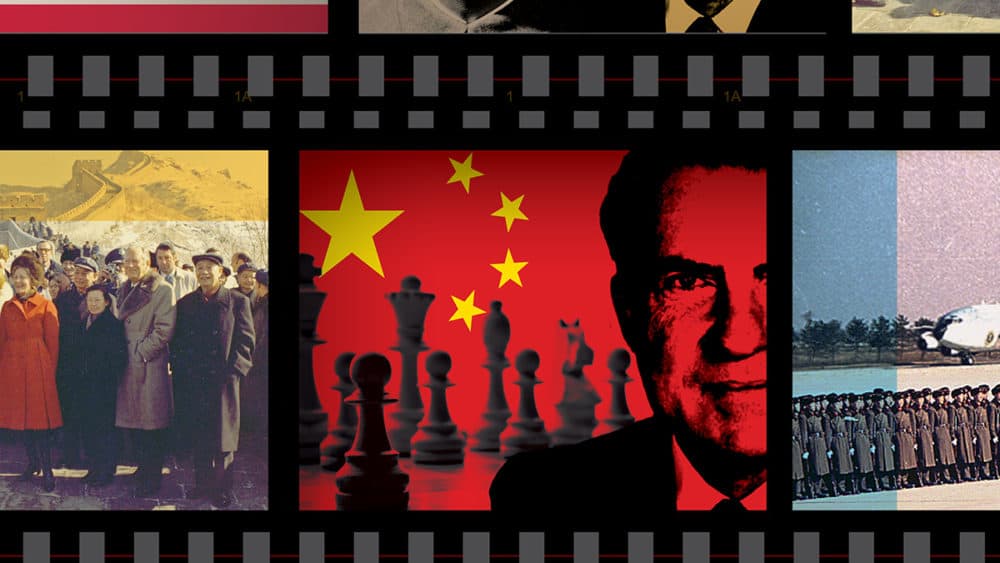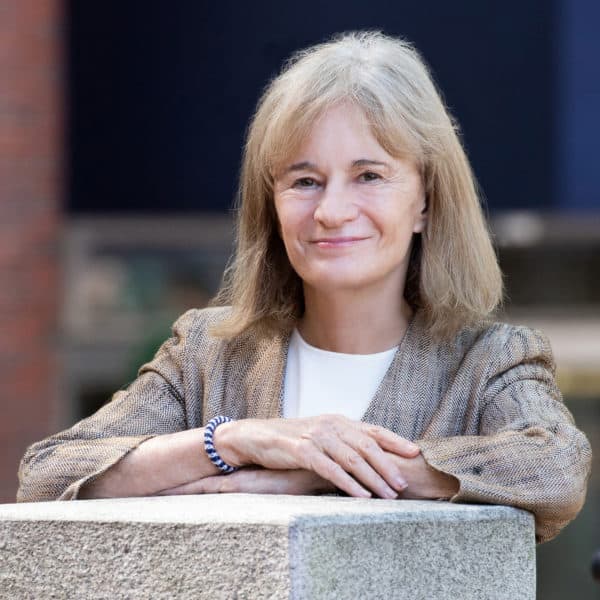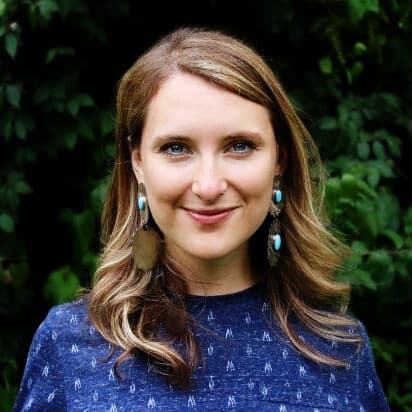Advertisement
The Great Wager
Richard Nixon's 'crazy' idea: Make befriending the Chinese Communist Party his legacy

This is Part I of The Great Wager. Click here for all five episodes.
The White House. 1969.
Richard Nixon was sitting in the Oval Office, just days after his inauguration, mulling over an idea he believed could cement his legacy as a great president.
He called his national security adviser, Henry Kissinger, and told him that he had an urgent imperative: make friends with China.
This came as a shock to Kissinger. Nixon ran his whole career as an anti-communist, and China was run by a strong Communist Party. The Chinese had a saying for America: running dogs of capitalism. Their leader Mao Zedong was a totalitarian, revolutionary, hardline Communist.
Kissinger’s deputy, Alexander Haig, remembers Kissinger saying of Nixon, “The man wants to open up relations with China? He must be crazy!”
But Kissinger had orders from the president, and he got to work on one of the most surprising and important diplomatic missions of the last century — a mission that is still playing out today.
A strategic decision
After hearing Nixon's idea, Kissinger decided to get on board.
He actually agreed with Nixon’s rationale for wanting to go to China. Nixon sees China as a way to put pressure on the Soviet Union amidst the ongoing Cold War.
And a hot flashpoint in the Cold War is Vietnam. The Soviets supported the North Vietnamese against the Americans fighting there. The death toll was high, and the hugely unpopular Vietnam War was a big political problem for Nixon. The president leaned on the idea that the enemy of my enemy is my friend. If China was on America's side, the Soviets would be off balance.
Nixon had another reason for wanting to get close to the Chinese: He wanted to enhance his own reputation and to go down in the history books as the man who made peace with China.
At one point he told Kissinger, “The Chinese American relationship can be the great lynchpin of peace in the world.”
Advertisement
Making the decision to get in touch with China was the easy part. Figuring out how to actually do it in the Cold War situation was more difficult.
But the timing was right. The Soviets and the Chinese were no longer one big communist monolithic bloc. They were actually fighting each other on their shared border.
Nixon figured it may be easier than people thought to pry the Chinese away from the Soviets.
Unbeknownst to Nixon, Mao was also interested in a relationship. Mao asked four of his compatriots to come up with some ideas of how he should get out from under the pressure of the Soviets. His foreign minister, Chen Yi, told Mao that getting closer to the Americans would help.
A different China
Long before Jane Perlez lived in China as a New York Times correspondent, she traveled there on a student trip in 1967 during the height of the Cultural Revolution. She witnessed massive, student demonstrations in favor of Mao.
He was almost like a god — and everything was against America. Mao wanted to eliminate traces of capitalism in China, and he did so with incredible brutality. It's estimated that millions died between 1966 and 1976. When Perlez was there, universities were closed and factories barely functioned. The people were impoverished.
Perlez’s friend Hung Huang, who was a child during this time period, recalls playing games with her friends in Beijing, like counting cars.
“Beijing had no traffic,” she says. “There were hardly any cars on the road. If we could count like more than 10 cars, it was a big day.”
For Mao, this meant he had a lot to gain from a new relationship with the U.S.
Escalation
A few months after Nixon spoke to Kissinger, the situation between the Chinese and the Soviets worsened.
William Stearman, a senior diplomat at the State Department, got a call one morning in August from Boris Davydov, a KGB agent at the Soviet embassy in the U.S., asking Stearman to lunch.
They met at Beef and Bird, a haunt in central Washington, not far from the Soviet embassy. After some small talk, Davydov asked Stearman how the U.S. would react if the Soviet Union took out all of China’s nuclear weapons, a move that could start a nuclear war between the Soviet Union and China.
Stearman, with a piece of fish on his fork ready to be eaten, placed the food back on his plate. He raced back to the State Department and tapped out a memo that went to the top of the U.S. government.
The U.S. wasted no time: Nuclear bombs were loaded onto aircraft, bombs were loaded onto ships and military bases are put on global high alert.
Nixon and Kissinger saw that their play of bringing China toward the U.S. could help defuse a serious Cold War situation.
They called the American ambassador to Warsaw, Poland, a career diplomat named Walter Stoessel, into the Oval Office. Nixon told Stoessel to make contact with the Chinese in Warsaw but to keep it a secret.
Back in Poland, Stoessel tried to figure out the best place for the two countries to meet. The Chinese were quite elusive.
The fashion show
Eventually, Stoessel found — of all places — a fashion show.
He got a seat in the front row. His political officer, Tom Simons, was assigned to the back to be on the lookout for the Chinese.
Toward the end of the show, as the dresses got skimpier and skimpier, the Chinese suddenly stormed out.
“I think they found it distasteful,” Simons said. “I gave Stoessel the high sign that we'd agreed on and bolted after them.”
Together, Simons and Stoessel, chased after the Chinese. They managed to catch up at the bottom of some stairs outside the fashion show.
“It was a crisp, cold night,” Simons said. “I mean, it was sparkling cold. At that point, the senior of the two Chinese was already down by their car. And so I had to gallop after the junior who is in the middle of the apron of steps and sort of corral him until Stoessel could catch up with me.”
Stoessel told the Chinese in his broken Polish, “My president wishes you to know that he wants to improve relations with your country.”
Soon after, the Chinese diplomats showed up at the American embassy in Warsaw. They went upstairs to the second floor. The windows had been covered with special curtains to stop eavesdropping.
Simons, there taking notes, was shocked when he heard the two sides agree on something: that their leaders, Mao and Nixon, should meet.
Nixon's plan seemed to be coming together. But there was a long way to go — and a lot of hurdles ahead.
Show notes
Want to know more? Here are some of the resources The Great Wager team consulted during reporting and production.
State Department memos
Oral histories
Books
- Kissinger, Henry. “White House Years.” Simon & Schuster, 2011.
- Macmillan, Margaret. “Nixon and Mao: The Week That Changed The World.” Random House, 2008.
- Mann, James. “About Face: A History of America's Curious Relationship with China, from Nixon to Clinton.” Alfred A. Knopf, 2000.
- Nixon, Richard. “RN: The Memoirs of Richard Nixon.” Grosset & Dunlap, 1978.
- Tudda, Chris. “Cold War Turning Point. Nixon and China 1969 - 72.” Louisiana State University Press.
- Tyler, Patrick. “A Great Wall: Six Presidents and China.” Public Affairs, 2000.
- Xia, Yafeng. “Negotiating with the Enemy.” Indiana University Press, 2006.
Documentaries
- “History Declassified: Nixon in China.” National Security Archive, 2004
- “Nixon in China.” Compilation of Audiovisual Materials, Richard Nixon Presidential Library. 2012
- “Nixon’s China Game.” PBS. 2000.
- “Playing The China Card.” Brook Lapping TV Series. 1999.
- “Looking Back on 1972: The Diary of Nixon’s Visit to China.” Phoenix TV. 2012.
The Great Wager was reported by Jane Perlez and produced by Grace Tatter. Special thanks to The Belfer Center, The John F. Kennedy School of Government, Harvard University; Luz Ding, researcher; William Burr and the National Security Archive; Susan R. Johnson, Association for Diplomatic Studies and Training; Ryan Pettigrew, the Richard Nixon Presidential Library; Lucas Nichter, Texas A&M University; Roger Lewis at Ground Zero Books; Jane Perlez’s colleagues in the Beijing bureau of The New York Times; Chas Freeman; Fredrik Logevall, Harvard University; Amb. Winston Lord; Patrick Tyler, journalist and author; and author James Mann.
This project is funded in part by a grant from the Henry Luce Foundation.
The Great Wager series collage artwork is created by WBUR. Images used are from www.archives.gov, www.alamy.com and www.istock.com. Photo credits: iStock.com: mphillips007/ Ensup / bndart / traveler1116 / sinopics / andDraw / Kateywhat. alamy.com: The Color Archives / Shim Harno / 360b / INTERFOTO. National Archives: 194412 / 194759
This segment aired on February 18, 2022.

